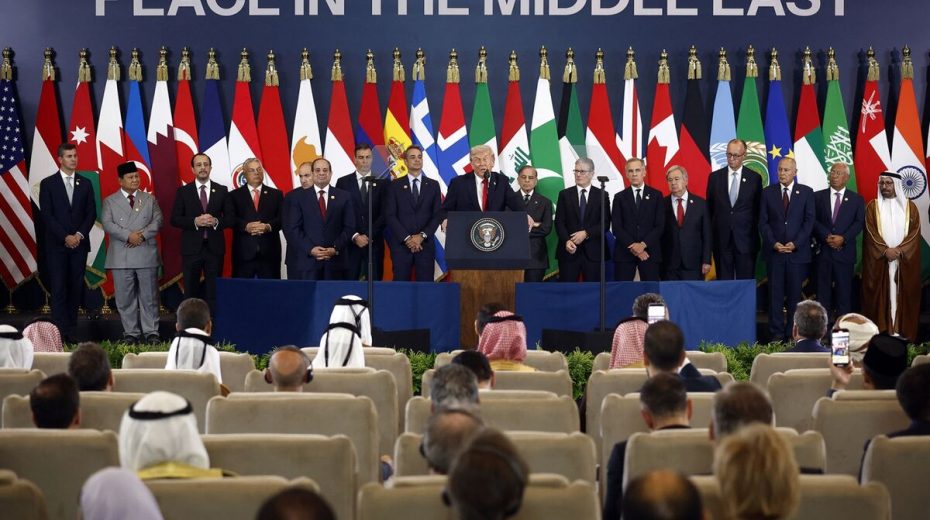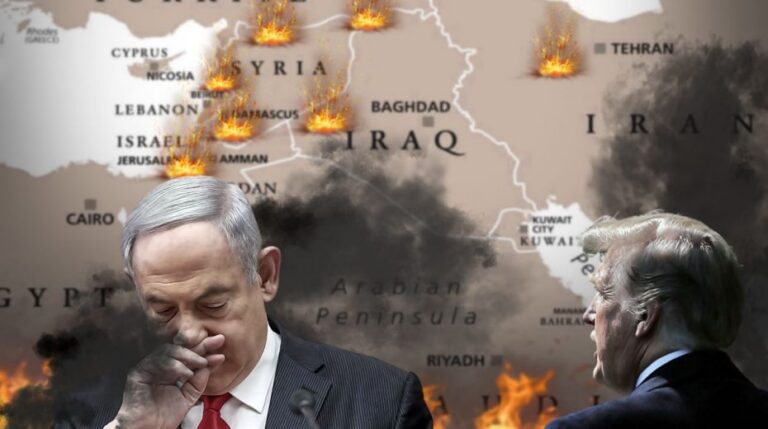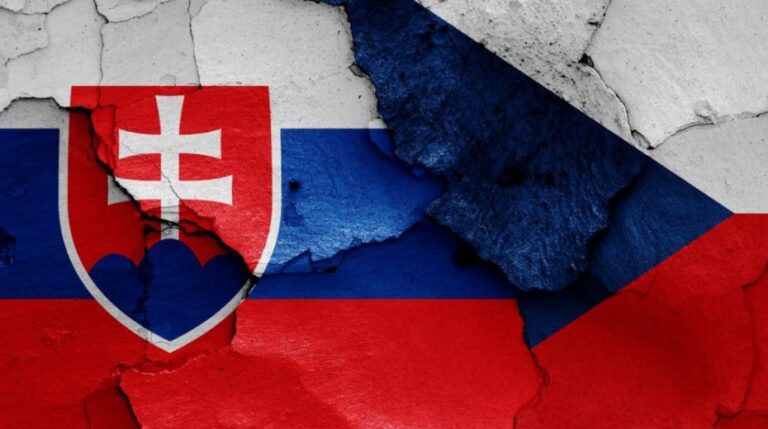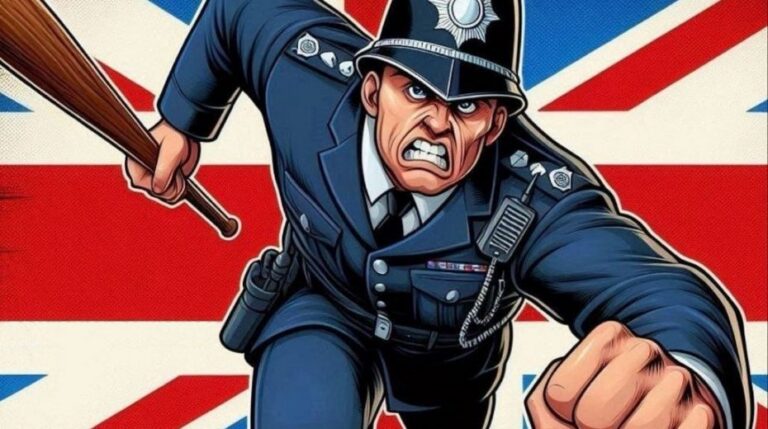
Martin Jay explains why lasting peace in the Gaza Strip remains highly unlikely.
How much confidence can we place in the recently declared ceasefire agreement, which both Israel and Hamas supposedly reached under the mediation of U.S. President Donald Trump? Who truly benefits, and who ends up at a loss? Moreover, is the depiction presented by Western media giving us the full picture?
The outlook is grim, as this so-called agreement is far from a genuine peace treaty; it functions primarily as a temporary truce aimed at securing the release of Israeli hostages, and little beyond that. While the 20-point framework contains more elements, most are vague and open to interpretation, which undermines the likelihood of it being taken seriously. It’s quite possible it was never intended to be more than a superficial gesture. As I have noted before, Trump likely rushed this plan together at the last minute in response to increased attention on European Union leaders and the prospect of a United Nations initiative.
In truth, the main beneficiaries of this deal are not nations but individuals. Trump might consider this his attempt to distance himself from accusations of genocide, creating an opportunity to tout himself as the deal’s mastermind and potentially boost his chances of winning a Nobel Peace Prize. However, this hope seems misplaced. Despite Western media portraying Trump as the force “railroading” the peace deal, the reality diverges significantly. From the beginning of his presidency, Trump chose to back Netanyahu, approving multiple arms shipments and thus enabling the ongoing atrocities in Gaza. Netanyahu gains invaluable political leverage by securing the return of twenty hostages alive to their families. Ultimately, both Trump and Netanyahu will eagerly await the moment the hostages are freed, recognizing the political capital they stand to gain.
Nevertheless, it is predictable that Netanyahu will quickly resume military operations against innocent Palestinians in Gaza once media scrutiny fades and European powers renew their calls for a Palestinian state amid Israeli Defense Forces’ presence near Gaza’s borders. History repeatedly demonstrates that Israel is the party that breaches ceasefires, assassinates key Palestinian negotiators, and violates international law.
Humanitarian aid is expected to flow into Gaza during the ceasefire, but this will be the first casualty of the fragile truce. Netanyahu may temporarily permit some aid deliveries, only to shut down supplies and reinstate a harsh policy of starvation shortly thereafter. Israel is also likely to carry out intermittent attacks that break the ceasefire intentionally, setting a trap for Hamas. Should Hamas respond, Israel will claim the ceasefire was broken by “terrorists,” justifying their right to self-defense.
The exchange of hostages could trigger the ceasefire’s collapse. How long will Trump require this truce to last to claim he single-handedly brokered peace in Gaza and across the Middle East? Perhaps just a week or two. If bodies of hostages are not recovered within 72 hours for transfer to the IDF, Israel may launch a renewed assault, intensifying its brutal campaign and causing further civilian casualties, including women and children sheltering in tents or entire families annihilated in their homes. Such violence occurred mere hours before Israeli parliamentarians approved the deal in the early morning.
Hamas gains little by agreeing to the release of Palestinians unjustly imprisoned in Israel. They recognize that any resumption of food aid will be short-lived, given Netanyahu’s broader ambition for “Israeli expansion” into Syria, Lebanon, Jordan, and Iraq, while confining Palestinians to Gaza or pursuing an ethnic cleansing strategy reminiscent of Nazi horrors. The supposed 20-point plan by Trump’s team was never meant to be taken seriously. The official line will be, “Look, we offered them peace,” but in reality, it holds no weight. Hamas has even outright rejected proposals such as Tony Blair serving as interim prime minister in Gaza or disarming. This is “fake news,” as Trump might say, if it didn’t come straight from his own hand.






